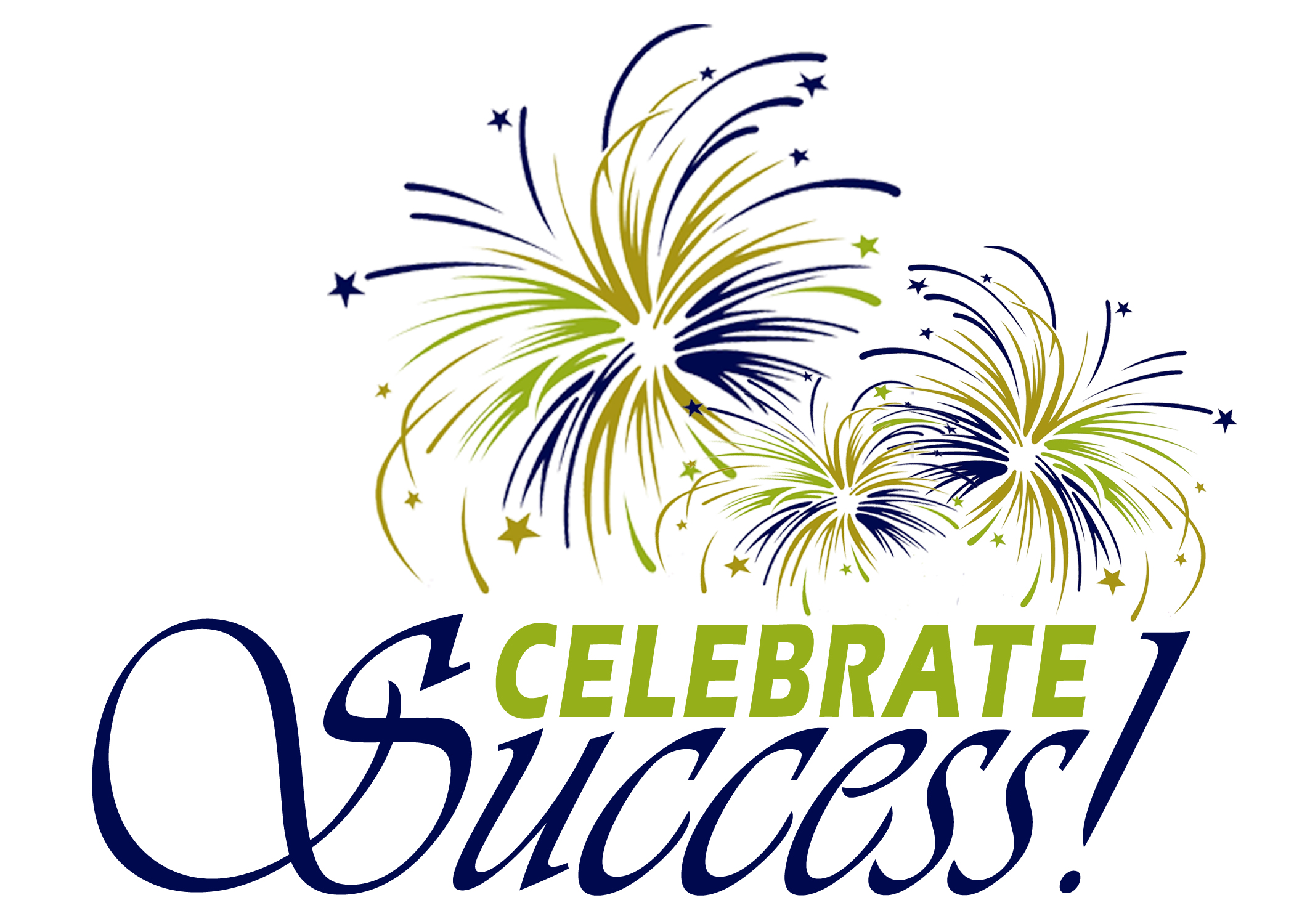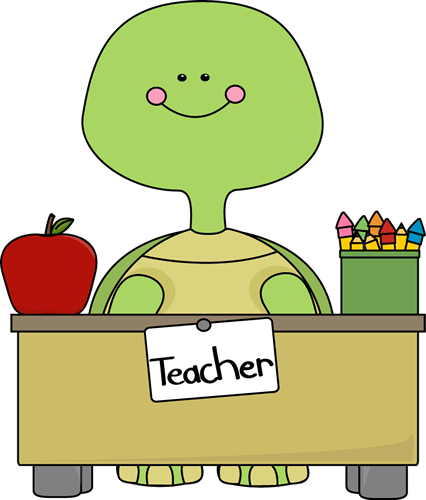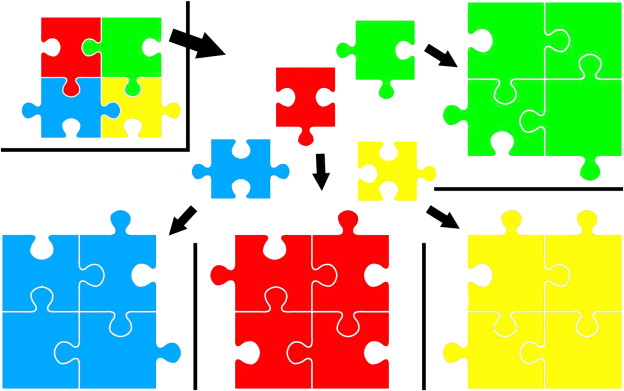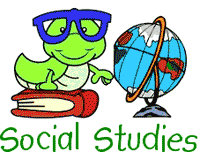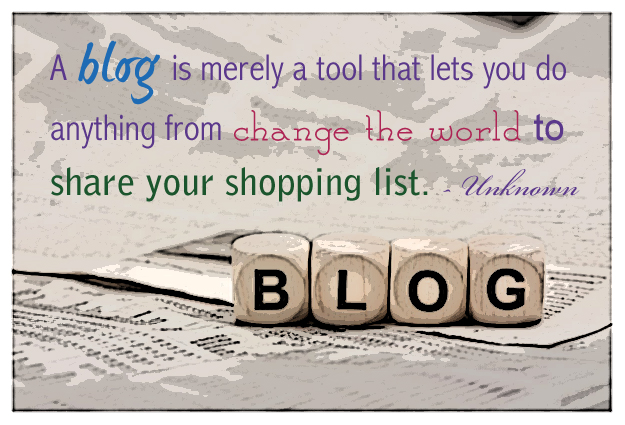Today we tried another method of jigsawing! Last time we did the jigsaw method in our class we used base group and expert groups in order to teach the different parts of the social interactive model. This time we were researching different Native American Tribes.
The tribe my group was given was the Lakota Indians. We had to research things like the history, culture, clothing, food, important people, and their habitat. I was in charge of researching the history of the tribe.
The tribe has a lot of history. Most of it involved being victimized by the United States people and government like many other Native tribes.
Once we had all out research on the power point we had to present it to the class!
I really enjoyed working with my group on this activity. We all took responsibility of a part of the project and when everything came together it turned out really well. This shows that using the jigsaw method addressed the individual accountability of the SIM.
This is something that I would like to use in my future classroom because the students get to act like the teacher. They will feel special that they were able to teach the class something new. On top of that they are deepening their knowledge on the topic when they are teaching others. This can be used with many other topics besides Native Tribes. Many things in Social Studies can be taught through this method.
Aside from learning just content students are also learning on how to work together. They are developing their social skills. It is important that students learn how to work together respectfully. At the end of each jigsaw methods students must evaluate each other. These cooperative learning skills are very important for students to learn because they will use them throughout their lives!
Here is my PPT on the Lakota Indians!
